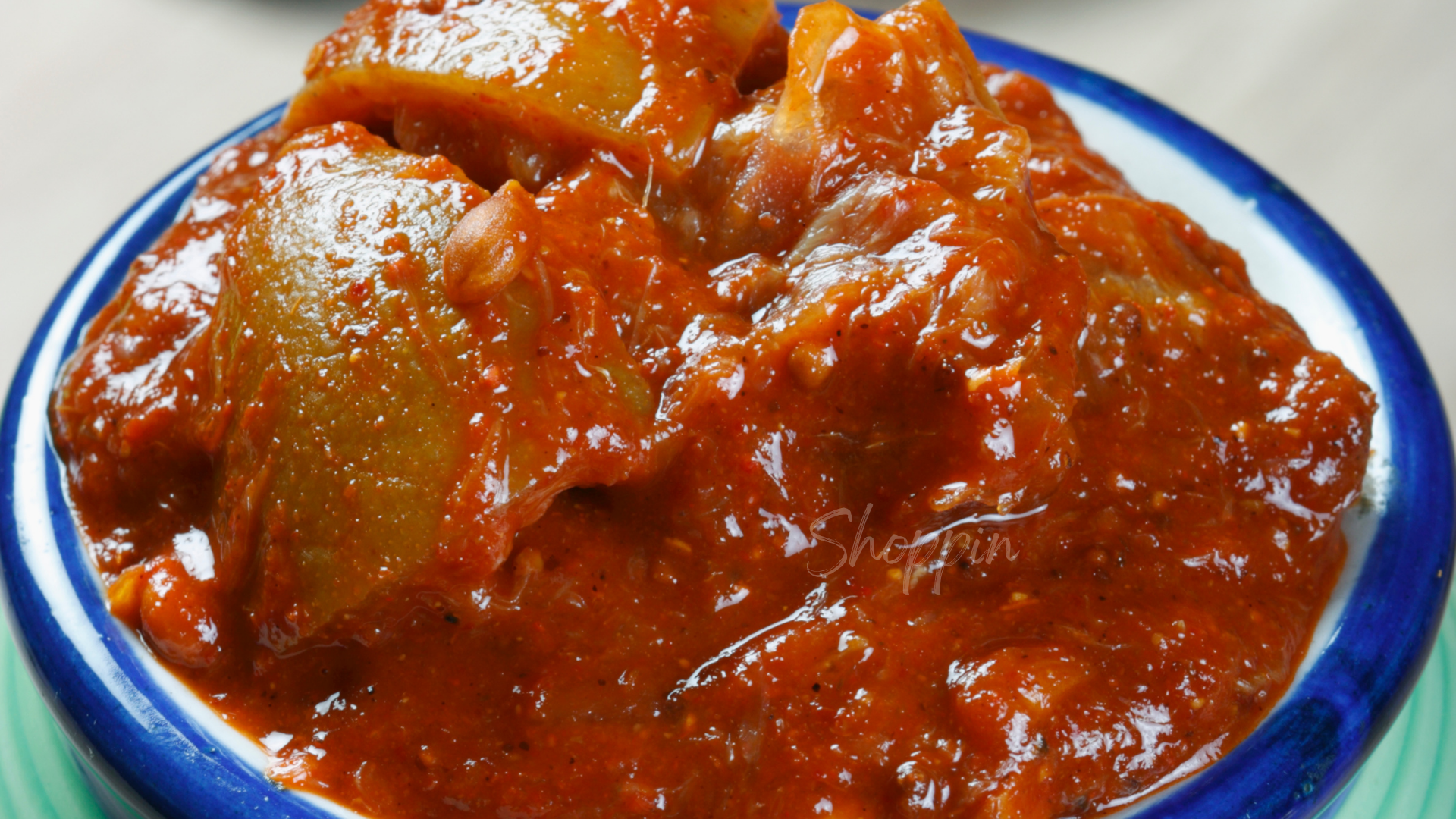
A Step-by-Step Guide to Measuring Your Body for Tailoring of your outfits with Shoppin
Getting the perfect fit when shopping for clothes can be a challenge, especially when you’re not physically present to try

This post is a brief about Indian pickles or achaar, the ancient culinary tradition of pickling, the types of pickles in the India and the benefits of pickling.
Pickles have a long and rich history in India, dating back thousands of years. In ancient times, pickling was used as a method of preserving food and making it available for consumption during the off-seasons. Over time, pickling became an important culinary tradition in India, with each region developing its own unique style and flavor of pickles.
The art of pickling involves preserving vegetables and fruits in a mixture of spices, vinegar, and oil. The most commonly used vegetables for pickling in India include mangoes, lemons, chillies, ginger, and garlic, while fruits like amla (Indian gooseberry) and karonda (carissa carandas) are also used. Lately, even meat like chicken, prawns and mutton is used in pickling.
In India, pickles are an integral part of the cuisine and are served as a side dish or condiment with almost every meal. They are known for their pungent and tangy taste and are often paired with rice, bread, or meat dishes. In some parts of India, pickles are also used as a medicinal remedy, believed to have various health benefits.
The culinary art of pickling in India has evolved over the centuries, with each region and community adding its own unique touch to the process. Some of the most popular types of pickles in India include:
Some of other the notable styles of pickling in India include Punjabi-style pickles, which are typically spicy and made with mustard oil, and South Indian-style pickles, which are known for their use of tamarind and other souring agents. Pickling is also a part of Korean culture. Korea has a wide variety of pickles. Some are pickled in soy sauce, and some are pickled in Korean fermented soybean paste or Korean red chili pepper paste. The most famous being kimchi or fermented vegetables (usually cabbage) pickle.
When consumed in moderation as a part of a balanced diet, pickling offers a range of potential benefits including:
Overall, pickling is an important culinary tradition in India, showcasing the diverse flavors and techniques of the country’s rich and varied cuisine.
So what are you waiting for? Get your personal shopper with Shoppin and shop for your favourite pickles from India today!
THE END.

Getting the perfect fit when shopping for clothes can be a challenge, especially when you’re not physically present to try

In today’s global marketplace, buying toys, electronics, and cosmetics from international stores and websites has become more accessible for people

Indians living abroad often face unique challenges, especially when it comes to managing documentation requirements back home in India. Whether

Delhi, the capital city of India, is a bustling metropolis known for its rich history, cultural diversity, and vibrant markets.
For a faster response, chat with us on whatsapp.
